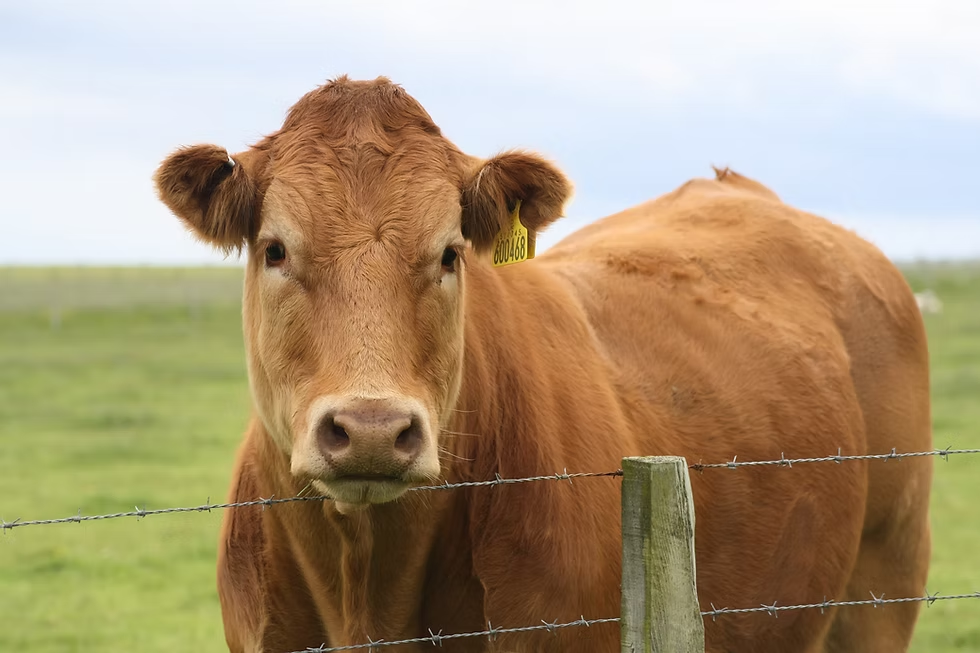Managing livestock is both rewarding and challenging. From ensuring animal welfare to maintaining operational efficiency, successful livestock management requires careful planning, knowledge, and consistency. Unfortunately, many producers – whether new to the field or seasoned farmers – fall into avoidable traps that can affect productivity, profitability, and animal wellbeing. Below, we explore some of the most common mistakes in livestock management and how to avoid them.
Neglecting Proper Handling Techniques
One of the most common errors in livestock management is poor handling. Stressful handling not only affects animal welfare but can also lead to lower meat quality, reduced fertility, and injuries for both stock and handlers. Using appropriate equipment and techniques is crucial. For example, a well-designed yard system can reduce stress, while tools such as a cattle prod should only be used responsibly and sparingly, as part of a broader low-stress handling approach. Training staff in calm and consistent stock handling methods is essential.
Inadequate Nutrition and Water Supply
Nutrition is the foundation of healthy livestock. Mistakes often arise from underestimating the nutritional needs of animals at different life stages or seasonal conditions. Poor-quality feed, mineral deficiencies, or inconsistent access to clean water can severely impact growth, reproduction, and milk production. Regular pasture assessments, feed testing, and consultation with nutrition specialists can help ensure balanced diets that support herd health and productivity.
Ignoring Biosecurity Measures
Biosecurity is often overlooked until a disease outbreak occurs. Simple oversights, such as failing to quarantine new arrivals or neglecting to disinfect equipment, can introduce costly diseases to the herd. Implementing strong biosecurity protocols – including regular vaccinations, parasite control, and restricted access to farm facilities – is one of the most effective ways to safeguard herd health and protect farm profitability.
Poor Record-Keeping
Without accurate records, it’s difficult to track animal performance, health treatments, and breeding outcomes. Relying on memory or incomplete notes is a common mistake that can lead to repeated issues and missed opportunities for improvement. Digital livestock management systems make it easier than ever to log feed schedules, medical treatments, and growth rates, providing valuable insights for decision-making and long-term planning.
Overlooking Infrastructure Maintenance
Infrastructure such as fencing, watering systems, and shelters often goes unnoticed until it fails. Damaged fences can lead to stock losses, while faulty water systems may cause dehydration and reduced production. Establishing a regular maintenance schedule helps prevent costly breakdowns and ensures a safe environment for livestock.
Failing to Adapt to Seasonal and Market Changes
Livestock management isn’t static – farmers who fail to adjust stocking rates, feeding programs, or breeding schedules to seasonal conditions and market demands often see reduced returns. Flexibility and forward planning are critical – keeping an eye on weather forecasts, commodity prices, and pasture growth trends allows producers to adapt strategies before problems arise.
How to Avoid These Mistakes
– Invest in ongoing training for handlers and staff.
– Prioritise nutrition and water quality with regular testing.
– Implement and enforce strong biosecurity protocols.
– Keep accurate, up-to-date records with digital management tools.
– Maintain infrastructure with a proactive inspection and repair schedule.
– Plan ahead for seasonal variability and market fluctuations.
Ready to get started?
Avoiding these common mistakes can significantly improve the efficiency, welfare, and profitability of livestock operations. By focusing on preventative measures, investing in education, and embracing modern management tools, producers can create a sustainable farming system that supports both animals and people.




